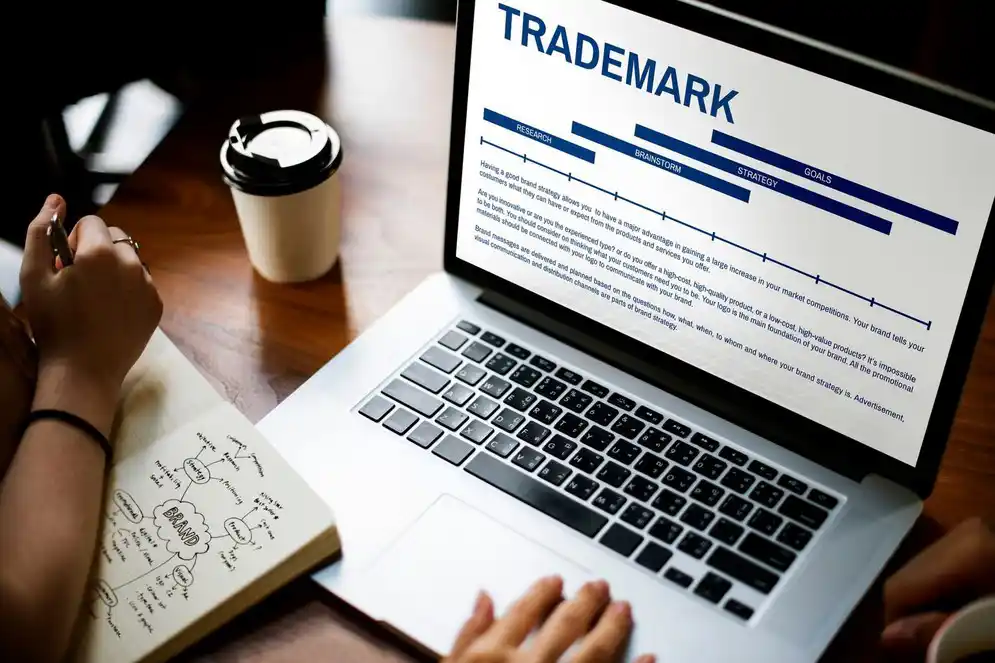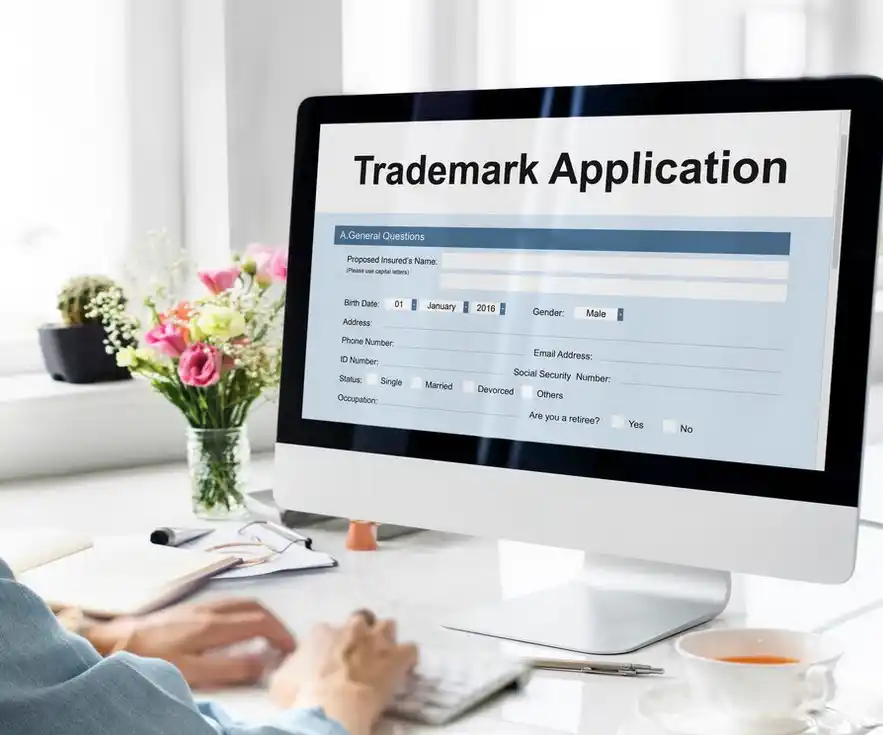European Trademark Opposition
Initiation of an opposition proceeding against the registration of a European trademark.
Drafting a notice of opposition and fulfil all formalities required by EUIPO.
Obligatory representation by a professional representative (European trademark attorney).
Conducting an oral hearing, preparing and filing an appeal against the decision of the first instance is offered.

Costs
EUIPO fees: 320,- EUR
Professional fee from 1000,- EUR.
European Trademark Attorney services
We are the European trademark attorneys, so-called professional representatives before EUIPO. We are a special type of European lawyers. Bauer-IP is entitled to represent our client in the trademark opposition proceeding. This is the proceeding against the registration of a trademark based on its European trademark application.
Bauer-IP prepare a notice of opposition and meet all formality requirements. The attorney will do everything for valid filing and admissibility of the trademark opposition. The european trademark attorney will deal with the substantive examination as well.
Trademark Opposition
What can be opposed?
EU trademark application can be opposed based on validly filed notice of opposition. It must fulfil formality and substantive argumentation within a period of 3 months following the publication of the application. The notice has to contain reasons and has to be supported. It contains evidence enabling its examination. The Office does not consider any amendments to the opposition or any evidence submitted. An opposition made after the expiry of the time-limit of 3 months is not admitted. European trademark opposition may be filed on the basis of one or more earlier rights. This must belong to the same opponent.
Grounds of European Trademark Opposition
The opposition may be based on a part or all of the goods or services. It is in respect of which an earlier right is protected or in respect of which is applied for. It may relate to a part or all of the goods or services of the European Trademark application. The notice of opposition contains:
- an indication of the goods or services.
- identification of the opponent’s earlier rights.
- an indication of the goods or services on which the opposition is based.

Notice of opposition
Opposition fee must be paid within the same time limit for filing a notice of opposition. The opposition fee is 320,- EUR.
Formality examination – Fees, language and appointment of a EU trademark attorney
Where the opposition fee has not been paid within the opposition period, it is deemed not to have been entered. Where the notice of opposition has been filed after the expiry of the opposition period, it is inadmissible.
The notice of opposition must be filed in a proper language. The language is one of the languages of the Office. Alternatively, the opposing party must submit a translation. Where the opposing party submits an incomplete translation, the part is not taken into account.
We are representing an opponent, particularly the opponent that must be represented by a professional representative before EUIPO. We are the European trademark attorneys.
Examination of the trademark opposition
In the examination of the opposition the Office invites the parties to file observations, within a period set by the Office. If the applicant so requests, the proprietor of an earlier EU trade mark who has given notice of opposition shall furnish proof that, during the five-year period preceding the date of filing or the date of priority of the EU trade mark application, the earlier EU trade mark has been put to genuine use in the Union in connection with the goods or services in respect of which it is registered
In the absence of proof to this effect, the opposition shall be rejected.
Substantiation
If examination of the opposition reveals that the trade mark may not be registered in respect of some or all of the goods or services for which the EU trade mark application has been made, the application shall be refused in respect of those goods or services. Otherwise the opposition shall be rejected.
European trademark opposition proceeding
The Office shall give the opposing party the opportunity to submit the facts, evidence and arguments in support of the opposition or to complete any facts, evidence or arguments. For that purpose, the Office shall specify a time limit which shall be at least two months, starting on the date on which the adversarial part of the opposition proceedings is deemed to commence. The opposing party shall also file evidence of the existence, validity and scope of protection of its earlier mark or right, as well as evidence proving its entitlement to file the opposition.
Evidence – ground of the opposition
In particular, the opposing party shall provide the following evidence:
(a) a copy of the relevant filing certificate
(b) a document showing that that mark is well known;
(c) document of proprietorship of the prior trade mark and of its relationship with the agent or representative;
(d) a clear identification of the content and national prior right;
(e) geographical indication;
(f) reputation in the Union or in the Member State.
Admissible evidence in the European Trademark opposition
The evidence concerning the filing or registration of the earlier rights or the evidence concerning the content of the relevant national law, is accessible online from a source recognised by the Office, the opposing party may provide such evidence by making reference to that source. Any filing, registration or renewal certificates or equivalent documents, as well as any provisions of the applicable national law governing the acquisition of rights and their scope of protection, including evidence accessible online shall be in the language of the proceedings or shall be accompanied by a translation into that language.
Where, until the expiry of the opposition period, the opposing party has not provided any evidence, or where the evidence provided is manifestly irrelevant or manifestly insufficient for any of the earlier rights, the opposition shall be rejected as unfounded.
Help of a European Trademark Attorney
A request for proof of use of an earlier mark shall be admissible if it is submitted as an unconditional request in a separate document within the period specified by the Office.
European Trademark attorney – professional representative before EUIPO
Karel Bauer, the founder of Bauer-IP, is a professional representative before EUIPO, the European trademark attorney with European trademark prosecution, opposition, litigation, IP management. We are ready to help a client for protection and defence their industrial property rights.
